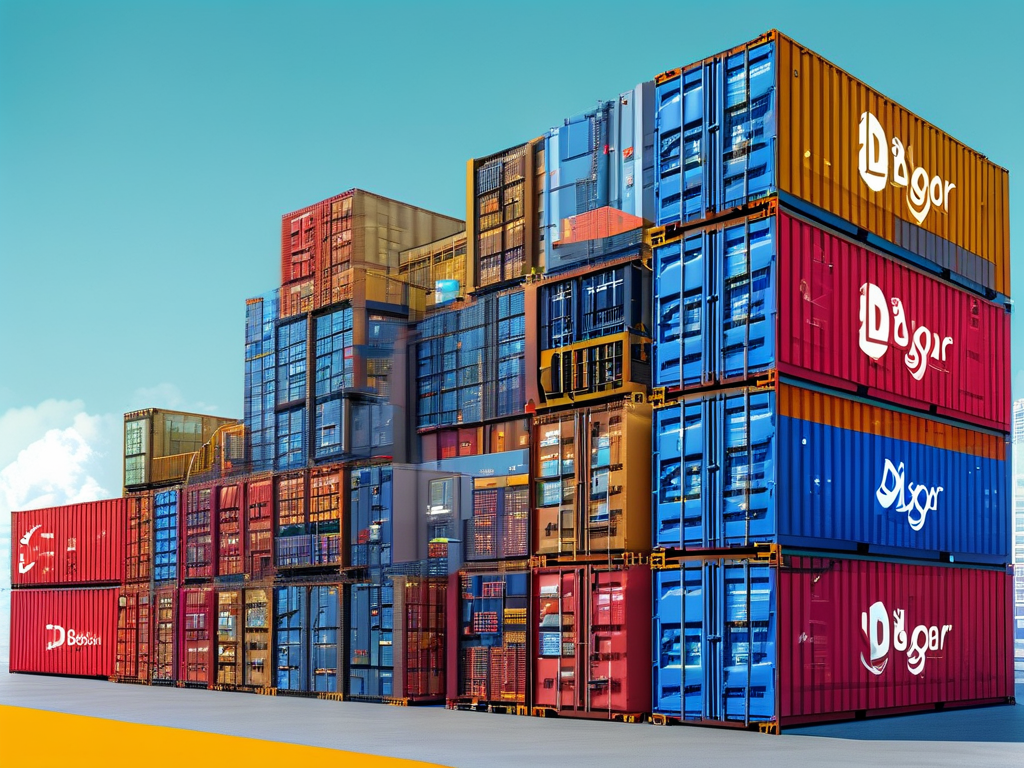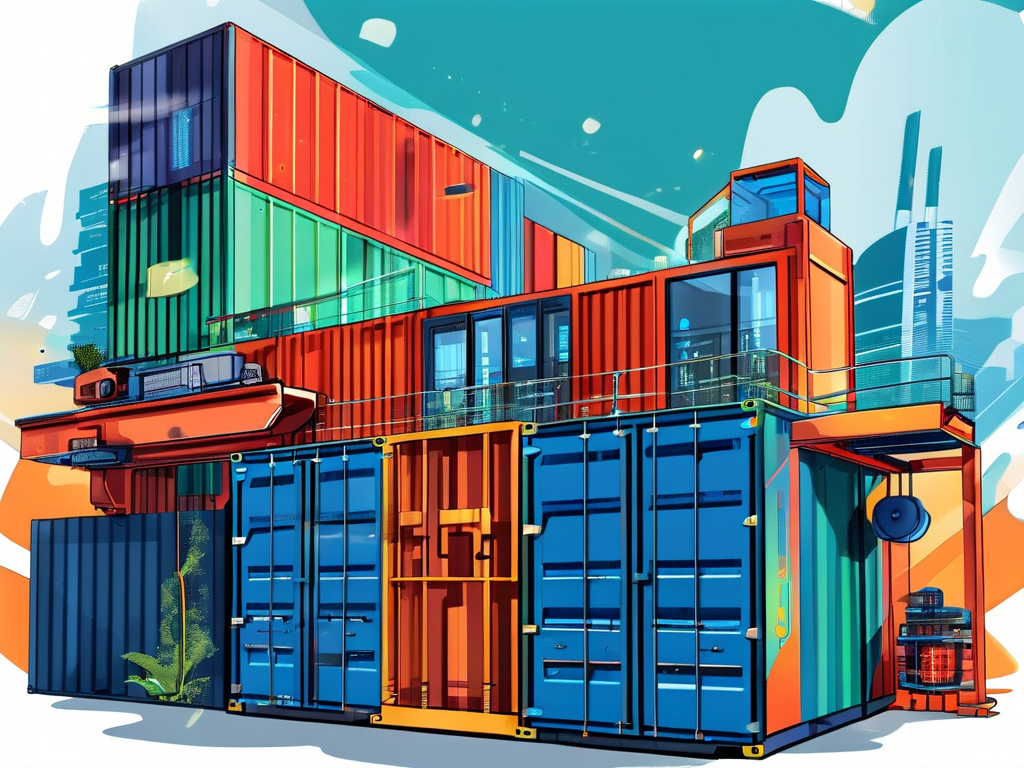In today’s fast-paced development landscape, automating deployment processes has become essential for delivering applications efficiently. Docker, a leading containerization platform, simplifies this journey by enabling developers to package applications and dependencies into portable containers. This guide walks beginners through leveraging Docker for automated deployment while addressing common challenges and practical implementation steps.

Why Docker for Automation?
Docker’s core strength lies in its ability to create isolated environments called containers. Unlike traditional virtual machines, containers share the host OS kernel, reducing resource overhead and ensuring consistency across development, testing, and production environments. By defining infrastructure-as-code through Dockerfiles and orchestration tools, teams can automate repetitive deployment tasks and minimize human error.
Setting Up Docker
Begin by installing Docker Engine on your local machine or server. For Linux systems, use the following commands:
sudo apt-get update sudo apt-get install docker-ce docker-ce-cli containerd.io
Verify the installation with docker --version. Windows and macOS users can install Docker Desktop, which includes a GUI for managing containers.
Creating Your First Dockerfile
A Dockerfile defines the steps to build a container image. Below is a minimal example for a Node.js application:
FROM node:18-alpine WORKDIR /app COPY package*.json ./ RUN npm install COPY . . EXPOSE 3000 CMD ["npm", "start"]
This file instructs Docker to:
- Use the lightweight Node.js 18 Alpine image as the base.
- Set the working directory to
/app. - Copy dependency files and install them.
- Copy the entire project code.
- Expose port 3000 and start the application.
Build the image with:
docker build -t my-node-app .
Automating Deployments with Docker Compose
For multi-container applications, Docker Compose streamlines orchestration. Create a docker-compose.yml file:
version: '3.8'
services:
web:
image: my-node-app
ports:
- "3000:3000"
redis:
image: redis:alpine
Run docker compose up -d to start both the Node.js app and Redis cache simultaneously. Updates can be deployed by rebuilding images and restarting containers—ideal for CI/CD pipelines.
Integrating with CI/CD Tools
To fully automate deployments, integrate Docker with tools like GitHub Actions or Jenkins. Below is a GitHub Actions workflow snippet for building and pushing images:
name: Docker Build
on: [push]
jobs:
build:
runs-on: ubuntu-latest
steps:
- name: Checkout code
uses: actions/checkout@v4
- name: Log in to Docker Hub
uses: docker/login-action@v3
with:
username: ${{ secrets.DOCKER_USER }}
password: ${{ secrets.DOCKER_PASS }}
- name: Build and push
uses: docker/build-push-action@v5
with:
context: .
push: true
tags: my-org/my-node-app:latest
Best Practices for Stable Deployments
- Use Specific Base Image Tags: Avoid
latesttags in production to prevent unexpected breaking changes. - Implement Health Checks: Add
HEALTHCHECKinstructions in Dockerfiles to monitor container status. - Clean Up Unused Resources: Regularly run
docker system pruneto remove stale images and containers. - Secure Secrets: Never embed credentials in Dockerfiles. Use environment variables or secret management tools.
Overcoming Common Challenges
New Docker users often face issues like port conflicts or permission errors. For example, if a container fails to start due to an occupied port, modify the host port mapping in docker-compose.yml from "3000:3000" to "4000:3000". For file permission issues in Linux, add user namespace remapping in /etc/docker/daemon.json.
Mastering Docker for automated deployments requires understanding container fundamentals and adopting infrastructure-as-code practices. By combining Dockerfiles, Compose, and CI/CD pipelines, teams can achieve reproducible builds, faster releases, and consistent environments. Start with simple projects, gradually incorporating advanced features like multi-stage builds and Kubernetes orchestration as your needs evolve.









